"Did you build it?” is, by far, the question I am most asked when someone sees me with one of my boats whether I’m in the back yard, at the ramp, or on the water. I can’t help but feel a bit of pride when I can reply that I did. So, it has surprised me that I've taken great interest in refinishing the Piccolo lapstrake canoe I was given, unexpectedly by strangers, this past summer. I’ve only taken it out paddling three times, each in an out-of-the-way place. No one has asked me “the question,” but that time will come, and I’ll have to say “No.” I’ve been uncomfortable imagining how less satisfying those exchanges might be. The Piccolo showed no signs of hard use but it was showing its age with the gloss of its paint and varnish long gone.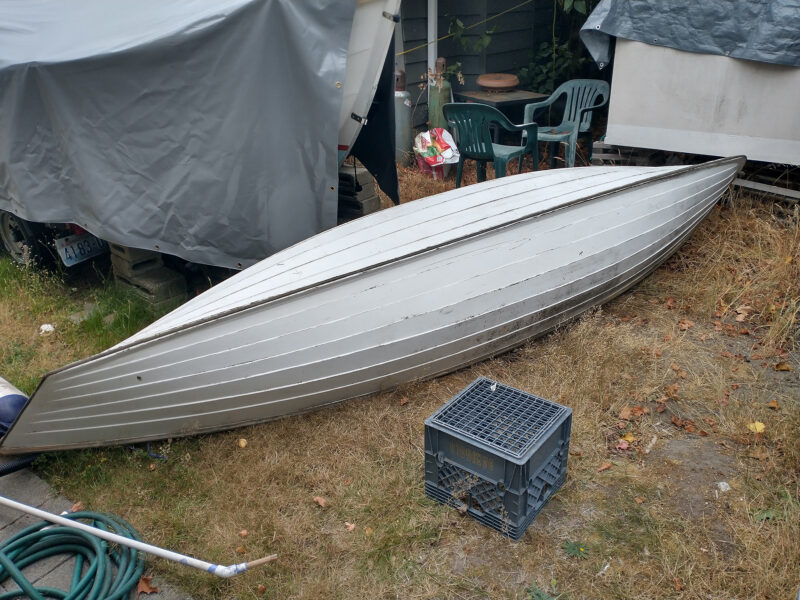
Join The Conversation
We welcome your comments about this article. To include a photo with your remarks, click Choose File below the Comment box.

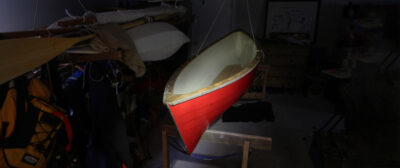
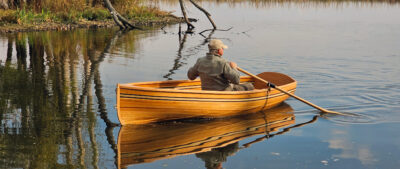
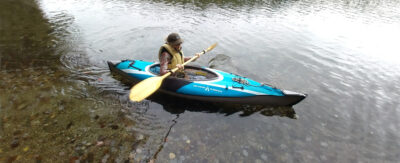
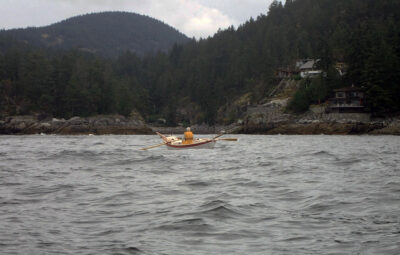
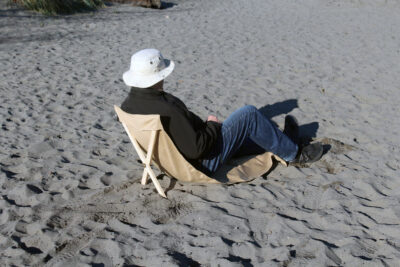


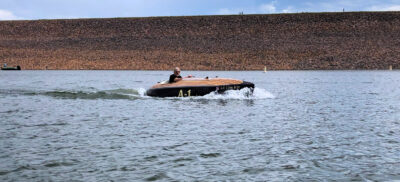
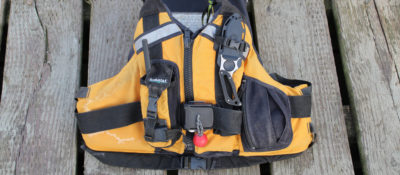
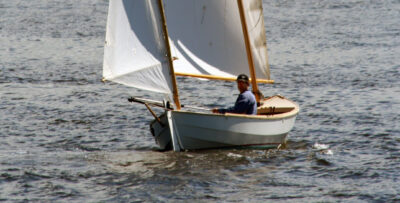
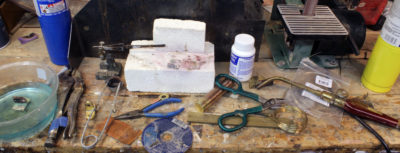
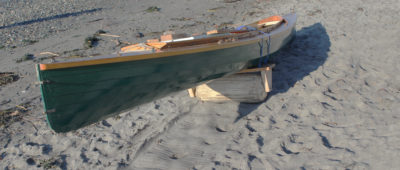
Chris, your discovery and catalogue of the Piccolo’s imperfections simply affirms the humanity of the builder.
After building seven imperfect boats and some thirty pieces of imperfect furniture, I have finally come to an imperfect accommodation with my limitations. While I haven’t quit striving for excellence and working to become a better craftsman, I’ve come to accept that the errors and imperfections are just a reflection of who I am: Not Leo Goolden, but not an inferior human either—just one with a different set of skills and priorities.
I live in a house full of furniture that I’ve built over the last fifteen years. Some of the earlier pieces are laughably amateurish. Some of the later ones are much more ambitious and stylish but still replete with (mostly) small errors. But all are functional, and I’ve chosen to keep them because together they form a kind of living graph of my experimentation and growth as a designer and builder. And as long as the trajectory points more or less upward, and the pieces do what they need to do, there’s no reason to be ashamed of them.
When someone finally inherits them, I hope he or she will come to feel the same way Chris does about the Piccolo builder. That’s tribute enough.
Chris,
A great article about the orphan canoe. Even though it is not perfect, it has stood the test of time. I bought a used tandem Folbot for two hundred bucks ten years ago. It belonged to a family who built it. It was a disaster both in design and construction. Someone had double-layered the nylon skin making it weigh a ton. To top it off, an above-the-waterline stringer was broken and was poorly repaired. One of the family commented that it was good on Colorado whitewater. Considering the boat, I doubted it. This thing would have been very frightening doing Class 3 and 4.
I tested it at a church picnic event paddling with an experienced canoeist. We both agreed it was a slug and not very maneuverable. On the positive side, it didn’t take on water and was rock solid potato boat stable. I paddled around with many church kids in the front seat. For all the perceived negatives, everyone had a ball on the water.
I decided to strip it and repair the stringer…I even had a friend, a skilled skinboat guy, ready to help me. This guy had five boats under his belt and was a superb craftsman. Looking at the whole situation, particularly the space in my shed for good boats, I knew for certain I didn’t need this thing. I offered it to my skinboat friend…he immediately refused. Eventually, I sold it as is for 75 bucks to a guy with stars in his eyes and cash in his hand. Good riddance!
Chris, you got a better deal than I did.
I can only hope somebody looks on the boats I built with such a forgiving eye. I realize that perfection is the antithesis to getting anything done. While I have built several boats since, I still have one in my basement that has laid in an unfinished state for the past 7 years.
Every so often I put it up on my build table, do a little bit, feel some frustration, and put it away till later. At age 53, I hope I finish before I am too old to use to use her.
We add imperfections on purpose, so if the boat is ever stolen and then recovered, we’ll be able to identify it. 🙂